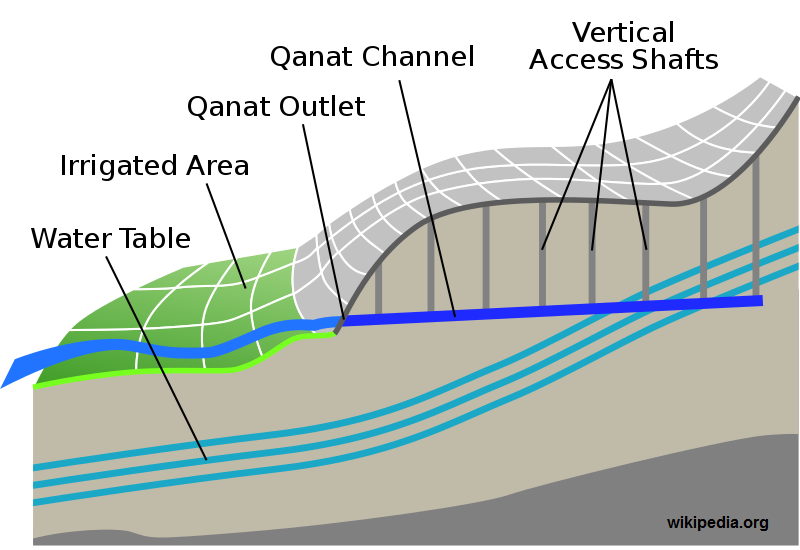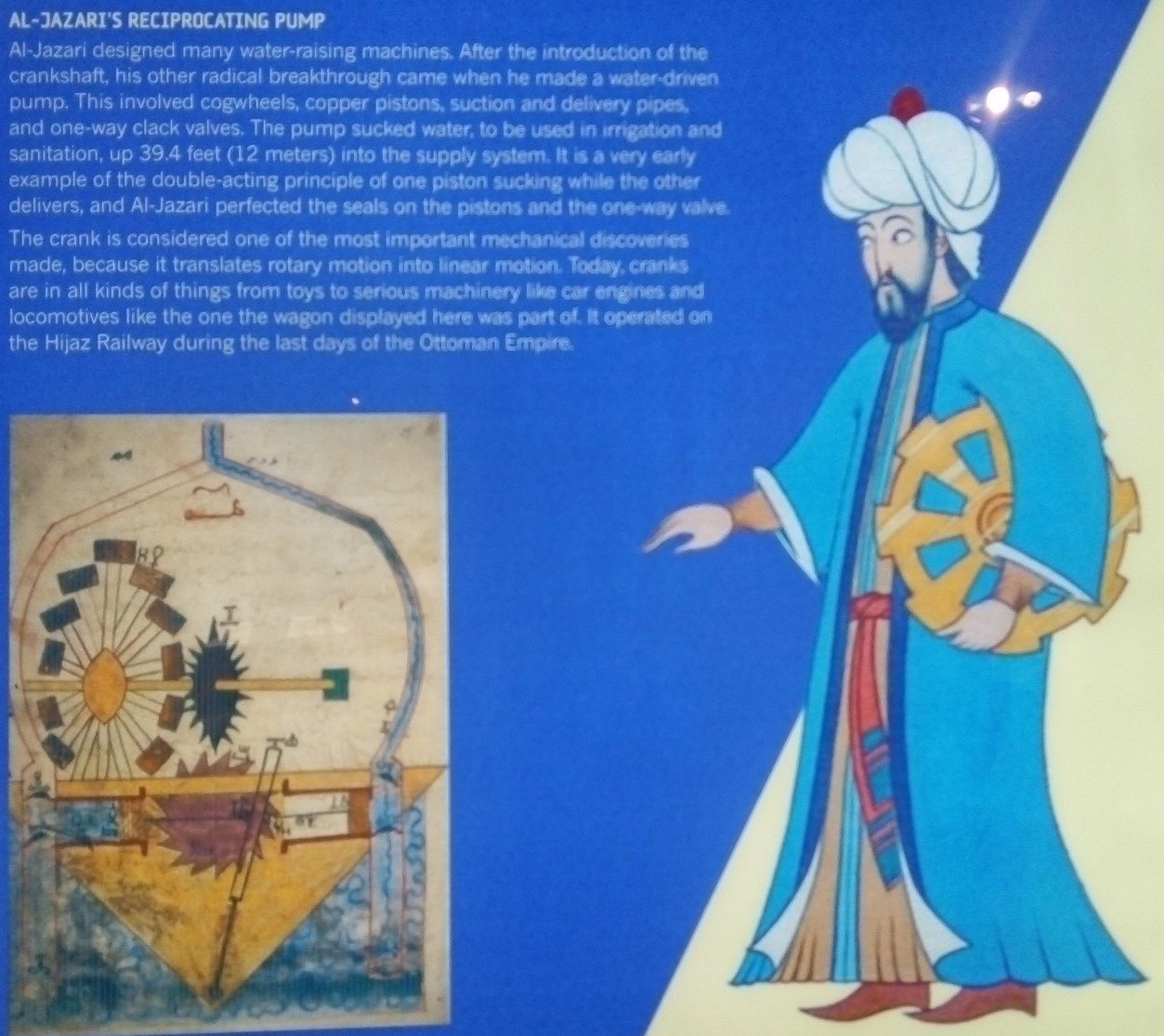Notes about the Islamic Agricultural Revolution
The "Islamic Agricultural Revolution" is the name that given to deep changes occurred in the agricultural methods further the Muslim expansion that fostered exchanges with Eastern regions as Persia and India in the domain of the water technology and agronomy. Till the Late Antiquity, the agronomy relayed on an irrigation system made of runoff water canals, dams and cisterns filled up with rainfalls. Indeed, the agriculture was largely depending on the local pluviometry and limited in its territorial extension as well as in its seasonality, with a seeding period in autumn and a harvesting in spring, a natural rhythm based on the winter rainfalls. Summer was a period of rest and most of the time, the crop circle included a fallowing year, so that a piece of land was exploited on year on two.
At the beginning Islamic ere, the contacts with the Sassanian-Persian culture bring to the Western areas a more advanced hydraulic technology, using underground canals. The qanats, already largely spread in Iran during the 1st millennium BC, are channels that draw water from underground sources, perennial rivers and aquifers. This technology combined with an improvement the water-raising devices, the norias, leaded to a very efficient and largely spread irrigation system, able to insure a more efficient and a constant water supply all the year around and to irrigate priory arid areas.
 |  | |
exp. Jordan Museum | ||
Under those innovations, agriculture experienced a real boom between the 8th and the 14th centuries. The crops rotation increased to become tri-annual, with even sometimes a forth yield in the same year. In parallel, new plants are imported from India and Southern Asia regions and Africa, as the rice, the cotton, the sugar cane, the aubergine, the melon, the sorghum, the indigo, the henna... The introduction of those new plants modify radically the agricultural production rhythm, as they request a summer harvesting. Rest seasons and lands till that time inactive started being exploited. On the same lands, the rotation of plants insure a permanent production. The "Islamic Agricultural Revolution" is the beginning of the intensive agriculture and over exploitation, resulting in a depletion of the ground. Fallowing intercalary years fall in disuse. To remedy to the soils impoverishment and in addition to a frequent and heavy ploughing, all kind of fertilizers started being used, as animal dung, blood, urine, pulverized bones, straw, olive oil production waste, ashes, chalk, marl...
The "Islamic Agricultural Revolution" is not only an improvement of irrigation methods coupled with the introduction of new crops and cultivation methods. A new agronomic organization, the management of which is globally undertaken by the state, spreads over the whole territory and reaches the most remote countryside in order to implement a diversified range of crops. This new agricultural state-sponsored model serves and enriches the state and by this way brings a fundamental contribution to what we call the “Islamic Golden Age”.
For more information about the inventions of the "Islamic Golden Age", click here...